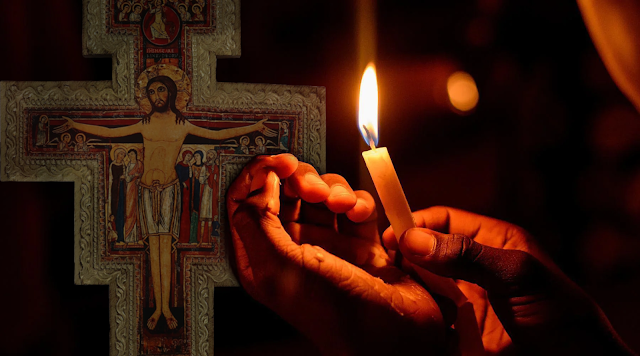All Souls Day
The day of the dead is a party full of colors and cheerful motifs that refer to death.
From the Catholic perspective, death is the Step to the next life, where we can contemplate the glory of God.
The heritage of the indigenous culture brings with it celebrations for the Day of the Dead take this opportunity to approach their beloved dead and celebrate life.
The issue can disturb many, especially those who relate death as if it were the last evil. In Mexico, on this day we remember our ancestors and we do not fear them, but we bring their memory to us.
Just as many foreigners feel when they see this celebration that has something morbid and a lot of pagan, the Spanish conquerors of the 15th century were terrified by the practices of the natives, and in an attempt to convert the Native Americans to Catholicism they changed the date of the festival for the beginning of November; in this way they coincided with the Catholic festivities of All Saints and All Souls Day.
Despite its proximity to the United States and its Halloween party, the Day of the Dead is the main one in the Mexican calendar.
The main main moment is when people go to the cemetery and decorate the tombs, mainly with orange flowers called xempazuchitl. In the houses an altar can be made in honor of the deceased relatives, in which photos of them are placed, and other elements that can remind us of the tastes of their mundane life.
The "pan de muerto" is commonly tasted and the traditional sugar skulls are given to friends, with their name written on their foreheads.






.jpg)


Comments
Post a Comment